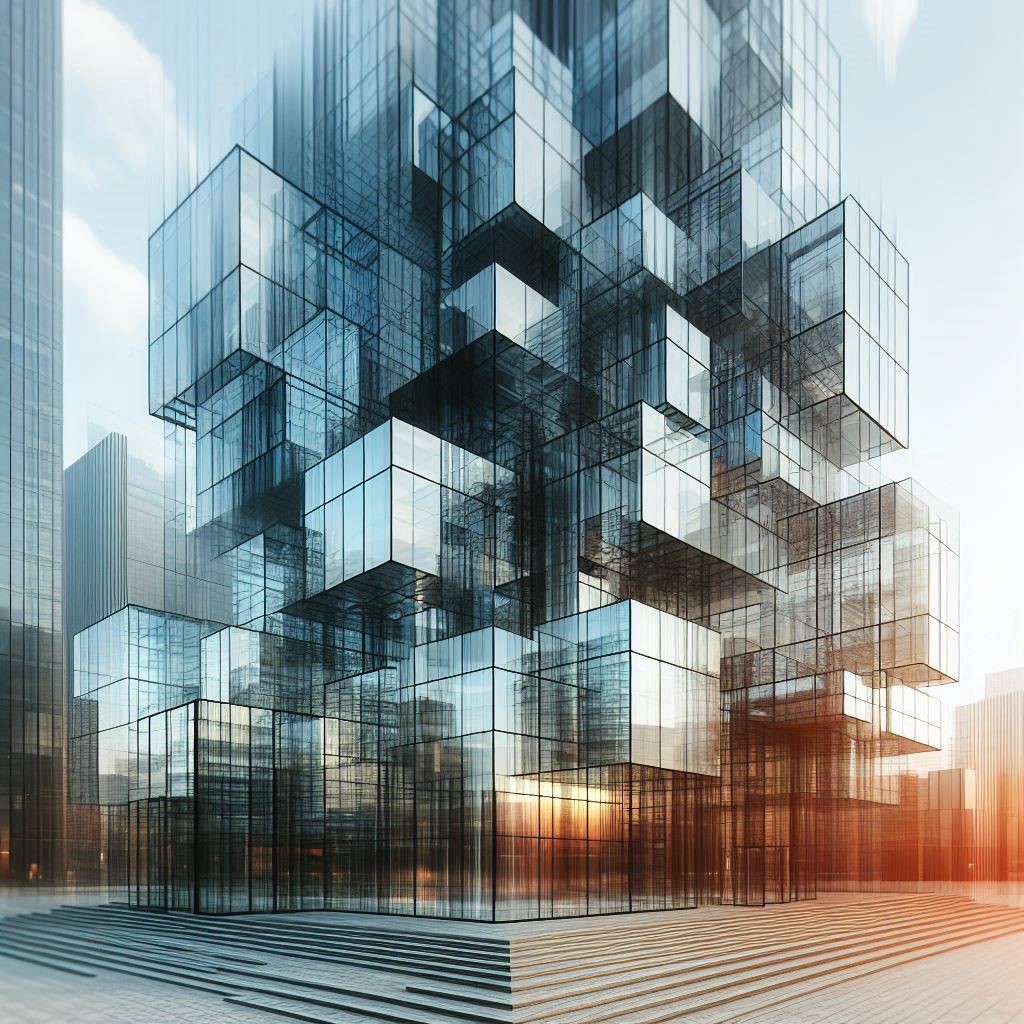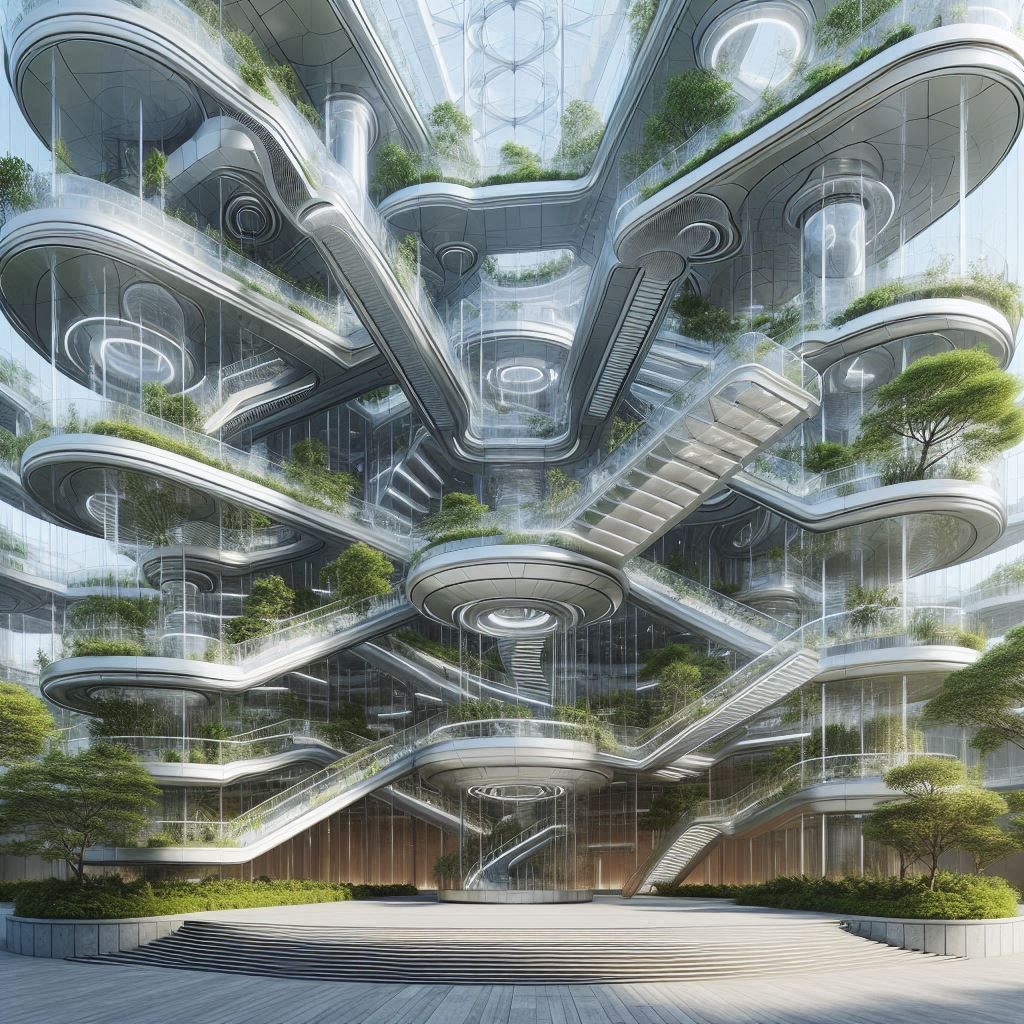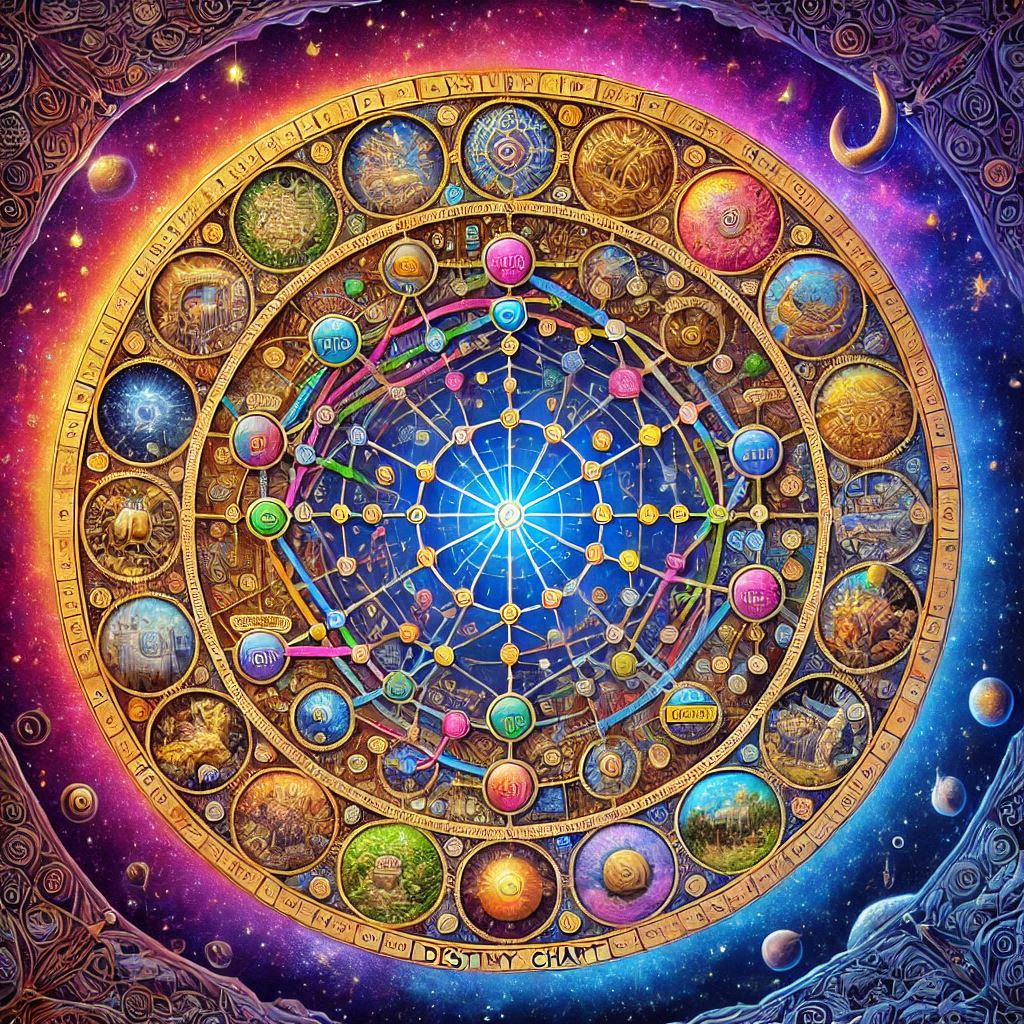Introduction to Chronophotography and its role in architecture
Imagine a world where movement and time intertwine to shape the very structures we inhabit. This is the fascinating realm of chronophotography, a pioneering technique that captures motion in still images. While it might seem like an art form reserved for photography enthusiasts, its influence on architecture runs deep and wide. As architects began to embrace this innovative approach, they discovered new ways to envision space and design buildings that resonate with the rhythm of life itself.
The fusion of chronophotography and architecture has sparked creativity across generations. From early experiments that changed how people viewed motion in architectural forms to contemporary designs pushing boundaries further than ever before, each phase reveals a story worth exploring. The interplay between light, time, and structure continues to inspire remarkable innovations today.
Join us as we delve into how architecture influenced by chronophotography has evolved over the years—shaping our environments while challenging traditional notions of design along the way.
Early examples of Chronophotography’s influence on architecture
In the late 19th century, chronophotography began to reshape artistic perspectives. Its ability to capture motion across multiple frames intrigued architects and designers alike.
One notable example is Étienne-Jules Marey’s work, which documented dynamic human movements. His studies inspired architects to consider how buildings could engage with time and space.
Another significant influence came from Eadweard Muybridge’s pioneering sequences of movement. Architects saw potential in his imagery, encouraging them to think about structural forms that echoed fluidity and change.
These early explorations laid the groundwork for a new architectural language—one where static structures began to embrace concepts of dynamism and transformation. The connection between movement captured on film and built environments became increasingly evident as designers sought inspiration in these visual narratives.
The impact of modern technology on the evolution of Chronophotography
Modern technology has revolutionized chronophotography, transforming its application in architecture. The advent of digital cameras allows architects to capture high-speed sequences with precision and clarity.
Software advancements have made it easier to edit and manipulate these images, providing new avenues for creative expression. Architects can now visualize movement over time, making designs more dynamic and responsive.
Moreover, 3D modeling tools integrate chronophotographic concepts into architectural plans. This gives designers an opportunity to explore how structures interact with their environments in real-time.
Virtual reality (VR) also plays a role by immersing users in animated spaces influenced by these photographic principles. Such experiences allow clients to engage with the design process on a whole new level.
As technology continues evolving at breakneck speed, so do the possibilities for incorporating movement into architecture. It’s an exciting era where creativity meets innovation head-on.
Contemporary architectural designs inspired by Chronophotography
Contemporary architecture has boldly embraced the principles of chronophotography, transforming static designs into dynamic experiences. Architects now view buildings as living entities, capturing movement and time in their structures.
This approach often leads to innovative forms that mimic fluidity. Facades become undulating waves, while interiors reflect the rhythm of human activity. The focus is not just on how a structure looks but also on how it interacts with its surroundings over time.
Materials play a crucial role in this transformation. Glass and steel allow for transparency and lightness, embodying the essence of motion captured by early pioneers like Eadweard Muybridge.
These designs evoke emotions through shifting perspectives and changing environments. They invite occupants to engage with space differently—encouraging exploration rather than mere observation. As we progress further into the 21st century, architecture continues to evolve under these influences, ensuring an inspiring dialogue between past techniques and future possibilities.
The use of movement and time in architectural elements
Movement and time are vital threads woven into the fabric of architecture. Structures can evoke a sense of rhythm, mirroring the dynamic nature of life itself. This is where Chronophotography shines—it captures sequences that inspire architects to think beyond static forms.
Consider designs that incorporate kinetic elements, like sliding walls or rotating facades. These features create an interaction with users, changing perception as one moves through space. Such innovations invite occupants to experience time in a new dimension.
Light plays a crucial role as well. The way sunlight filters through different surfaces at varying times throughout the day adds another layer of movement—shadows shift and dance across floors and walls, transforming environments continuously.
Architects today explore how to represent change within their work. They draw inspiration from both natural movements and human activities, embedding life into their creations in striking ways that challenge traditional notions of permanence.
The challenges and controversies surrounding Chronophotography in architecture
Chronophotography, while innovative, raises several challenges in architecture. One significant concern is the interpretation of movement. Capturing motion can lead to misrepresentation in design concepts.
Additionally, integrating dynamic elements into static structures poses practical issues. Architects must consider how these features will perform under real-world conditions.
There’s also a debate about artistic intent versus functional purpose. Some critics question whether focusing on movement detracts from architectural integrity.
Sustainability presents another layer of complexity. Creating designs that incorporate chronophotographic principles may require materials or methods that are not environmentally friendly.
There’s the risk of overcomplication. As architects experiment with this technique, clarity and usability can sometimes be sacrificed for aesthetic appeal alone. These factors contribute to an ongoing conversation within the field about balancing innovation with practicality.
The continued influence of Chronophotography on the future of architecture
As we look toward the future, the legacy of chronophotography continues to shape architectural innovation. Designers are increasingly experimenting with movement as a vital component in their creations.
New technologies allow architects to visualize and capture dynamic elements within structures, leading to forms that respond intuitively to human interaction. This shift fosters environments where architecture breathes and evolves alongside its inhabitants.
Smart buildings equipped with sensors can adapt in real-time, mirroring the principles laid out by early chronophotographers who captured fluid motion. The integration of light and space will push boundaries further than ever before.
Additionally, virtual reality is opening doors for immersive experiences that incorporate time-based narratives into designs. Architects are not just creating spaces; they’re crafting stories told through movement and perspective—an exciting evolution sparked by chronophotography’s insights into life’s rhythm.
How Chronophotography Shaped Modern Architecture
Chronophotography revolutionized the way architects perceive movement and time. This early photographic technique captured multiple phases of motion in a single image, allowing architects to visualize dynamic interactions within a space.
By illustrating sequences, it inspired designers to think beyond static forms. They began incorporating fluidity into structures, embracing organic shapes that mimic natural movements.
Prominent examples can be seen in the works of pioneering architects like Frank Lloyd Wright and Zaha Hadid. Their designs reflect an understanding of how people move through spaces over time.
Moreover, chronophotography expanded the possibilities for materials used in architecture. Transparent and lightweight elements became favored choices as they enhanced visual continuity and flexibility.
This approach has paved the way for innovations such as responsive facades that adapt based on user activity or environmental conditions. As modern architecture continues to evolve, its roots in chronophotography remain evident across various styles and practices today.

Architectural Innovations Driven by Chronophotography
Architectural innovations driven by chronophotography reveal a fascinating interplay between art and science. This technique allows architects to explore the essence of movement, time, and space in ways previously unimagined. By capturing sequences of motion, designers can translate dynamic elements into static structures, creating buildings that express fluidity.
For instance, today’s skyscrapers often incorporate undulating forms inspired by the principles of movement seen in chronophotographic studies. These designs not only serve aesthetic purposes but also enhance functionality by optimizing natural light and airflow. The exploration of kinetic architecture—structures that adapt to their environment—is a prime example of how these concepts have been woven into contemporary design.
Furthermore, new materials and technologies play a crucial role in facilitating such innovations. With advancements like responsive facades or moving structural components becoming more accessible, architects are empowered to bring their visions to life with greater ease than ever before.
As we push the boundaries further into this new era of architectural creativity fueled by chronophotography’s insights on motion, it becomes clear that these influences will shape our built environment for years to come. New ideas continue emerging as professionals harness both historic techniques and modern technology alike—paving the way for extraordinary architectural expressions yet unseen.



